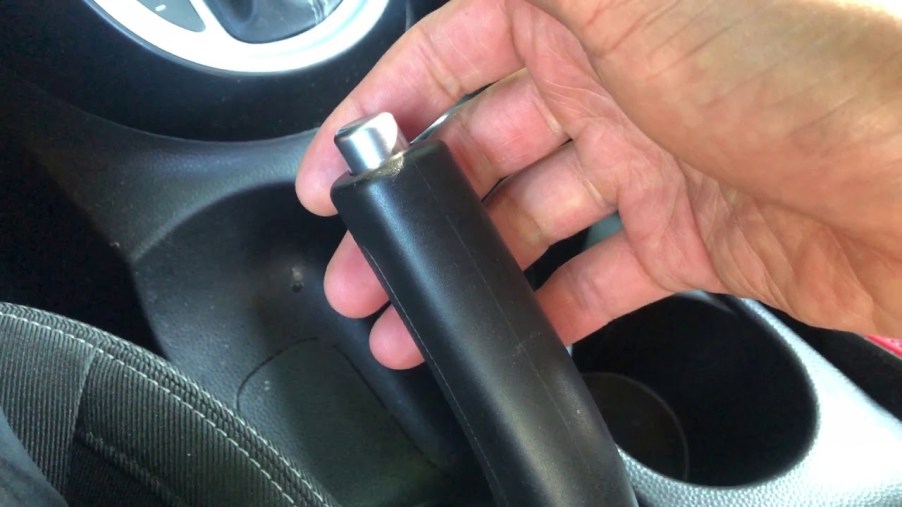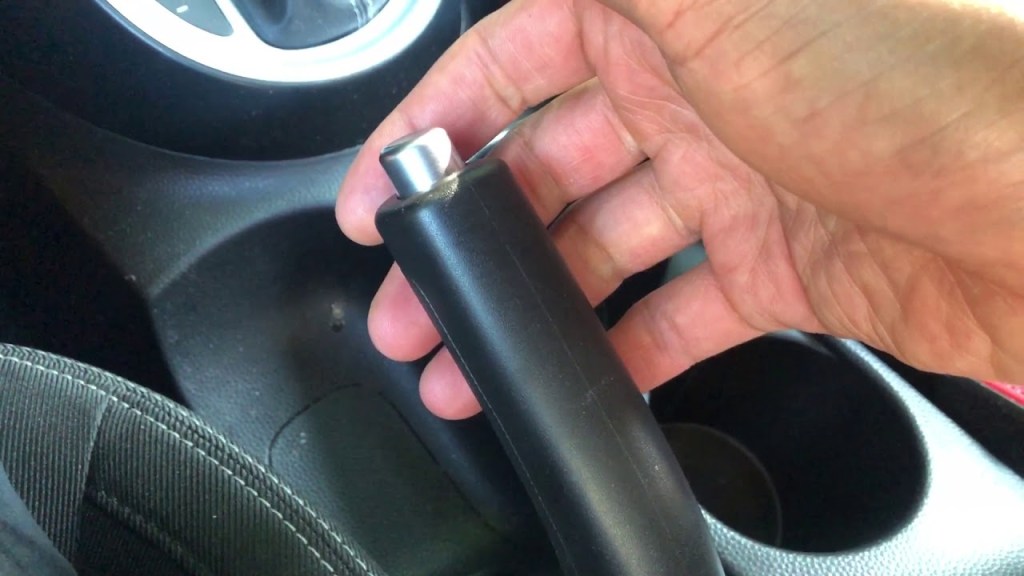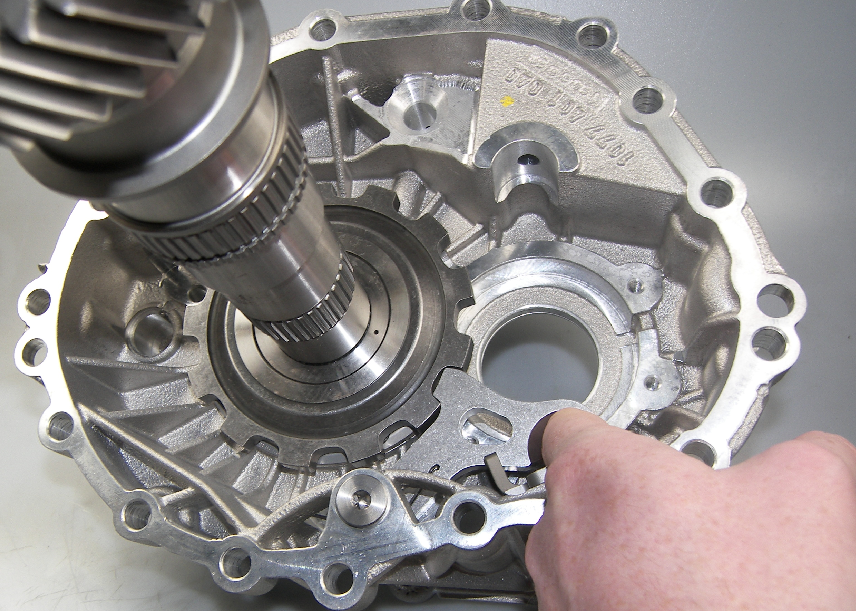
Should You Always Use the Car’s Parking Brake When Parking?
Among all of the switches, buttons, and levers in your car, the parking brake is probably one mechanism that you commonly overlook every day. If your car has an automatic transmission, then you most likely throw it into “park” when you get to your destination and exit the car. However, your car’s parking brake is more important than you think.
What is the parking brake used for?
The parking brake, or “emergency brake,” in your car is a vital part of keeping your car from moving when you park it. Sure, the car doesn’t really move at all if you put it into “park,” but there’s a margin for error if anything happens to the car while you’re away. According to Napa, the parking brake is a brake system that operates via cables or levers and acts as a backup to the main hydraulic brake system that you actuate with the brake pedal.

Using the parking brake can prolong the life of the parking pawl
When you park your car and shift it into “P,” you’re engaging a device called the “parking pawl.” The pawl is a small metal part located in the transmission that locks the gears into place when the transmission is in “park,” and although it does a good job of keeping the car stationary, it can wear out over time since there is a lot of stress that gets put on it when the parking brake is not engaged. This is why the car can sometimes roll back a couple of inches after you park, but pulling the parking brake can alleviate this.

Properly engaging the parking brake is necessary
Engaging your car’s parking brake is important when you park the car because it will keep the car from rolling away should the parking pawl fail. Also, if you parked your car on the street, then having the parking brake engaged will keep it from rolling away or moving in case it’s struck by another car. Although, it should be noted that engaging the parking brake properly is important.
Firestone noted that in order to engage your car’s parking brake properly, you should keep your foot on the brake pedal when you first park the car. Before shifting the car into “park,” lift the parking brake lever (or button) in order to engage it, and then put the car’s shifter into “park.” Engaging the parking brake this way will put less stress on the pawl, the transmission, and the brake system as well.
When should you engage your car’s parking brake?
The simple answer to this question is: Engage your car’s parking brake every time you park your car. It doesn’t matter if you park your car on an incline, a decline, or the flattest spot on the planet; you should engage the brake every single time.
Fortunately, most of the new cars on the market are equipped with an electronic parking brake that engages automatically when you shift the car into “park.” But if your car doesn’t have that type of system, remember to pull the lever every time; it could save you a lot of money in transmission repair bills later on.



